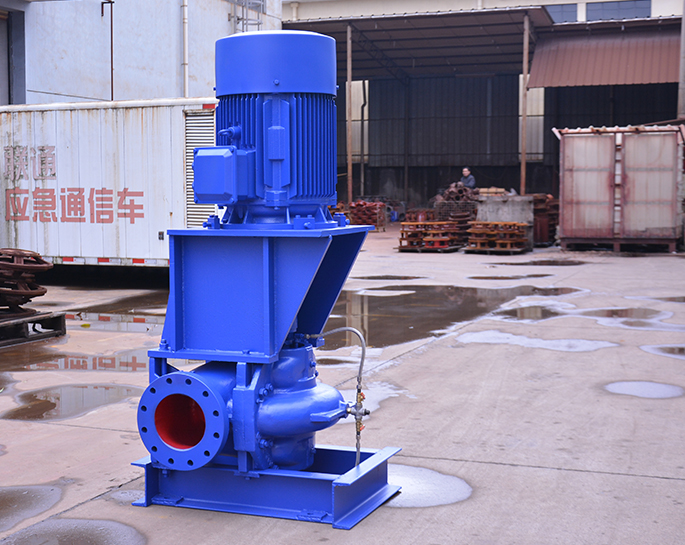Fire scenes: the role and challenges of fire pumps
Fire pumps play a critical role at fire scenes, providing the necessary water flow and pressure to suppress fires effectively. However, they also face several challenges in the demanding environment of a fire scene. Here's an overview of the role and challenges of fire pumps in fire scenes:
Role of Fire Pumps at Fire Scenes:
-
Supplying Water: Fire pumps are responsible for drawing water from various sources, such as hydrants, water tanks, or natural bodies of water, and delivering it to firefighters' hoses and equipment. This ensures a continuous water supply for fire suppression efforts.
-
Maintaining Water Pressure: Fire pumps maintain a consistent and sufficient water pressure throughout the firefighting operation. This pressure is crucial for delivering water to high-pressure nozzles and reaching fires on upper floors or in challenging locations.
-
Supporting Fire Hose Operations: Firefighters use hoses to deliver water and suppress fires. Fire pumps power these hoses, making them effective tools for controlling and extinguishing fires.
-
Overcoming Friction Loss: As water flows through hoses and fittings, it encounters friction loss, which reduces pressure and flow rate. Fire pumps are designed to overcome this loss and ensure that an adequate amount of water reaches the fire.
Challenges of Fire Pumps at Fire Scenes:
-
Reliability: Fire pumps must be highly reliable. Any failure in the pump system during a fire can be catastrophic. Regular maintenance and testing are essential to ensure their dependability.
-
Water Source Accessibility: Access to a reliable water source can be a challenge in some fire scenes. Firefighters may need to establish a water supply by laying hoses from hydrants or other sources, which can be time-consuming and physically demanding.
-
Power Supply: Fire pumps are typically powered by electricity or diesel engines. In the event of a power outage, having backup power sources or portable pumps is crucial to maintaining water supply.
-
Water Availability: In some situations, such as wildfires in remote areas, there may be limited water availability. Fire pumps must efficiently use available water or access alternative sources like tanker trucks or portable reservoirs.
-
Suction Problems: Suction problems can occur if air enters the pump or if debris clogs the intake. Proper priming and filtering systems are essential to prevent these issues.
-
Maintenance and Testing: Fire pumps require regular maintenance and testing to ensure they are in working order when needed. This includes checking the pump, valves, hoses, and other components.
-
Temperature Extremes: Firefighters operate in a wide range of environmental conditions, from extreme cold to high heat. Fire pumps and hoses must function effectively in these environments without freezing or becoming too hot.
-
Water Quality: The quality of water from the source can affect pump performance. Debris, sediment, or contaminants in the water may require pre-filtering or treatment to prevent damage to the pump.
-
Fireground Hazards: Fire pumps and hoses can be exposed to heat, flames, falling debris, and other hazards on the fireground. Proper positioning and protection of these components are crucial for firefighter safety.
-
Training and Coordination: Firefighters need proper training to operate fire pumps effectively and safely. Coordination among team members is essential to ensure efficient use of water resources.
In conclusion, fire pumps are indispensable tools at fire scenes, but they face various challenges, from reliability and power supply to water source accessibility and environmental conditions. Effective maintenance, training, and coordination are essential to overcoming these challenges and ensuring the success of firefighting operations.


.png)
.png)

.png)


